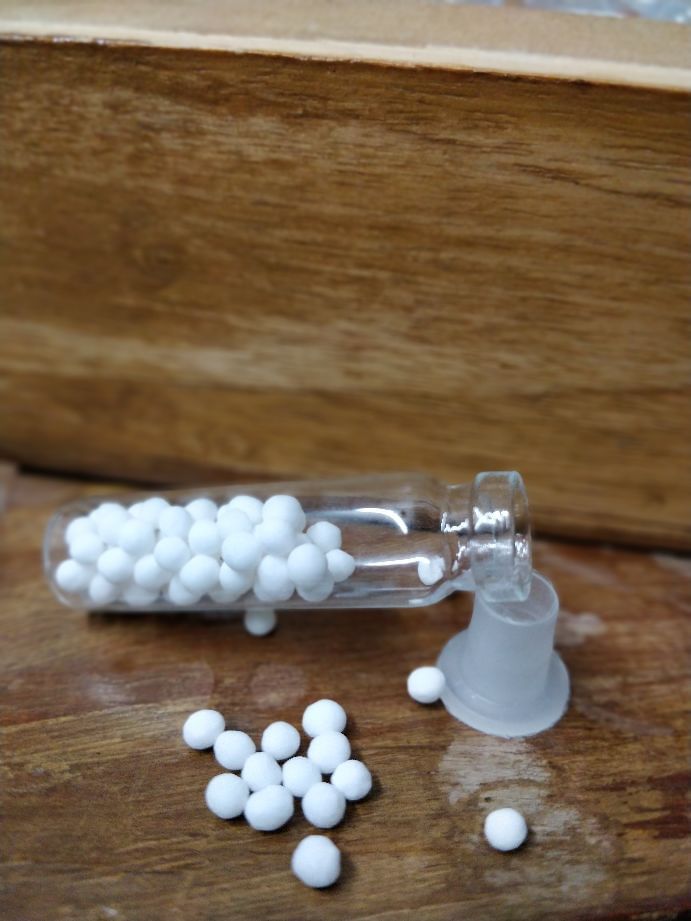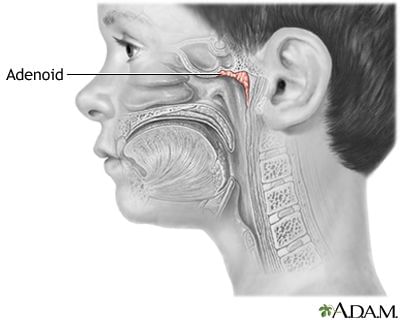Adenoids: Causes And Treatment
Adenoid hypertrophy
Adenoids are a lump of lymphoid tissues situated in between your nose and back of your throat. They are part of the immune system and are present since birth. They grow in size upto the age of 6years and then tend to shrink at puberty and almost completely disappears by age of 20 years. In children, the immune system is not yet fully developed to fight infection thus, adenoids protect the body against bacteria’s and viruses that enters via the nose. Whenever there is an upper respiratory tract infection, adenoids fight by swelling up and becoming temporarily enlarged. Once infection subsides they too come back to normal size. But these recurrent attacks of rhinitis, sinusitis or chronic tonsillitis may cause chronic adenoid infection and enlargement.
Sign & symptoms:
Depending on size of adenoid mass, whether infected or not and relative availability of space in upper airway.
Mouth breathing.
Feeding/suckling difficulty (as respiration & feeding cannot take place simultaneously child/infant with severe adenoid enlargement may fail to thrive).
Snoring.
- Breathing stopped for a few seconds during sleep (sleep apnoea).
- Nasal discharge (bubbly/running nose as discharge cannot drain & partly due to chronic cold).
- Chronic maxillary sinusitis/ frequent sinus infections.
- Voice change (loses nasal quality due to nasal obstruction).
- Frequent middle ear infections.
Characteristic facial appearance (adenoid facies)
- elongated face with dull expression, open mouth, prominent and crowded upper tooth & hitched up upper lip.
- pinched-in appearance of nose due to disuse shrinking of wings of nose.
- highly arched hard palate.
Diagnosis
Soft tissue lateral radiograph of nasopharynx.
General management
- breathing exercises.
- warm saline gargles.
- steam inhalation.
- avoid cold drinks 7 cold foods.
- avoid cold, damp and overcrowded places.
Medicinal management
Ent specialists mostly offers surgery for hypertrophied adenoids. Homoeopathy offers customised treatments to cure enlarged adenoids and enhances body’s immunity to fight recurrent infections. These medicines are prescribed on the characteristics of an individual rather than just the symptoms of the disease.
Tuberculinum
- for enlarged adenoids where recurrent respiratory tract infections lead to chronic stage.
- patient falls ill and develops respiratory problems with slightest change in weather.
- emaciation. Yet, in spite of emaciation, child is hyperactive.
Psorinum
- child look pale, sick, sometimes with foul, filthy body odour.
- feels extremely chilly and need to be covered up even in warm weather.
- increases immunity against catching cold.
Baryta carb.
- child has tendency to catch cold very easily.
- pain in throat, difficulty swallowing, nose blockage, mouth breathing and dryness of mouth are well marked.
- excessive drowsiness and concentration difficult.
- slow overall development (retarded mental & physical growth)
- increased foot sweat; offensive in nature.
Agraphis nutans
- enlarged adenoids with ear complaints such as deafness and ear discharges.
- nasal blockage.
- tonsils may also be enlarged.
Calcarea carb.
- for children who are fat, flabby.
- catch cold very easily.
- have blocked nose sometimes alternating with yellow discharge.
- offensive odour in nose.
- mucopurulent ear discharge.
- hardness of hearing.
- excessive sweating on scalp and neck.






+1.svg)
